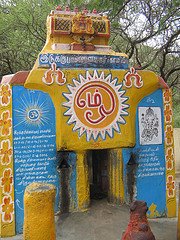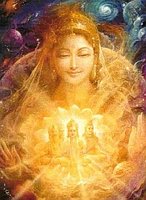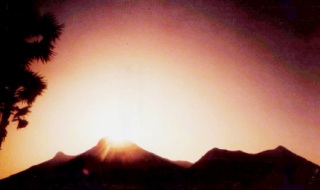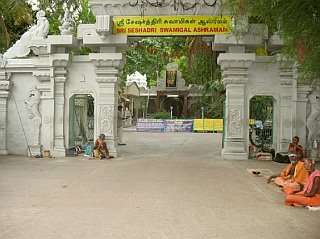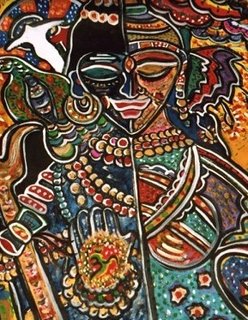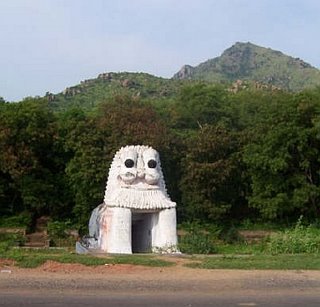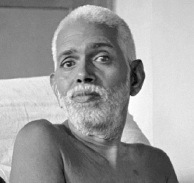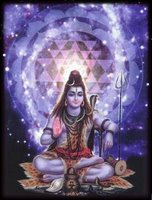
Mercedes D'Acosta was very much part of the 30s and 40s Hollywood set and mixed with the rich and famous from all over the world; Dietrech, Garbo, Stravinsky. However, in her own right she was also a mystic and spiritual seeker who wanted to see all the popular teachers of the time. In this respect she decided to travel to India to meet in particular Sri Ramana Maharshi.
On her very first meeting with the sage, she was able to have this long and extraordinary conversation with him:
' . . . Tell me, whom shall I follow, what shall I follow? I have been trying to find this out for years by seeking in religions, in philosophies, in teachers and teachings.' Again there was a silence. After a few minutes, which seemed to me a long time, he spoke.
You are not telling the truth. You are just using words, just talking. You know perfectly well whom to follow. Why do you need me to confirm it?
'You mean I should follow my inner self?' I asked.
I don't know anything about your inner self. You should follow the Self. There is nothing or no one else to follow.
I asked again, 'What about religions, teachers, gurus?'
If they can help in the quest of the Self. But can they help? Can religion, which teaches you to look outside yourself, which promises a heaven and a reward outside yourself, can this help you? It is only by diving deep into the Spiritual Heart that one can find the Self.
He placed his right hand on my right breast and continued,
Here lies the Heart, the Dynamic, Spiritual Heart. It is called Hridaya and is located on the right side of the chest and is clearly visible to the inner eye of an adept on the Spiritual Path. Through meditation you can learn to find the Self in the cave of this Heart.
I find this record of Mercedes D'Acosta's meeting with the Maharshi particularly fascinating because Ramana seems so wonderfully accessible. Often in books and literature about saints much is edited to maintain an image. So, how refreshing to see from this passage such a unique and appealing side of Sri Ramana. To see how intensely he was involved with his devotees and that he didn't differentiate between the male and female form, to him it was all one.
His response was guaranteed when he met with a true devotee of the Divine Principle and was not predicated on social mores or expectations of other devotees. He did what he did in the way he did it! It was always just about God, not convention, just wish there were lots more examples available of this aspect of Ramana Maharshi.
[Here Lies the Heart]
